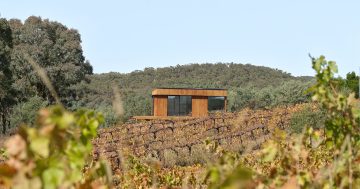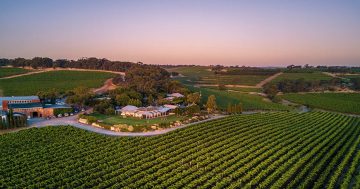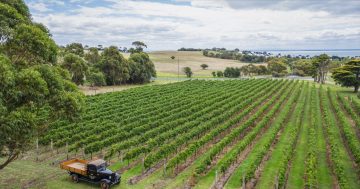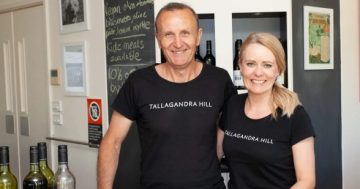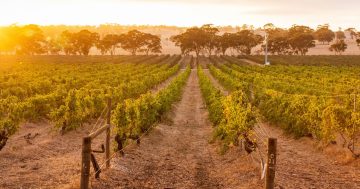By Christine Salins.

Castle Rock Porongurup Riesling
Back in the ‘80s, Riesling was just about the most popular wine in Australia. The thing is, though, most of it wasn’t Riesling. The name was used generically for white wine made from many grapes other than Riesling.
Legislation introduced two decades ago requires that only wine made from Riesling grapes can be labelled Riesling, but the hangover from those earlier days is that Riesling is under-appreciated by many consumers who think it is cheap and sweet.
Yet there are many top-notch Rieslings around and they are the quintessential summer drink, perfect for quenching thirst when the temperature soars and a great match for seafood, salads and Asian-style dishes.
Castle Rock RS21 Riesling
Certainly, the more upmarket restaurants have embraced Riesling, although I’m still often surprised to see Sauvignon Blanc served as the only white at many catered events. Serious wine drinkers don’t need convincing of Riesling’s merits; in time to come it will surely gain wider acceptance.
Australia’s most famous Riesling region is, unquestionably, South Australia’s Clare Valley, with the Eden Valley and Canberra following closely. Canberra winemaker, Ken Helm, was instrumental in establishing the Canberra International Riesling Challenge, which has played a huge role in raising the profile of Riesling.

Earthworks Riesling
So passionate is he about Riesling that he has a specialized state-of-the-art Riesling winery, separate from his Cabernet winery. As well as his Helm Classic Dry Riesling, he produces a Helm Half Dry Riesling in the popular German style, along with Riesling from vineyards in Orange and Tumbarumba.
Riesling always shows its place, says Helm, and his customers are often surprised by how different they all are. “Great Rieslings are done in the vineyard,” he says. “I always say I’m just the custodian of the grapes.”
That sentiment is echoed by Yalumba winemaker Louisa Rose, custodian of Pewsey Vale Vineyard Riesling, Eden Valley’s top-selling Riesling. With fine

Hanlin Hill Clare Valley Riesling
Riesling produced in many of the country’s cooler regions, you can have a lot of fun exploring how the different terroirs shape their flavour profiles.
Petaluma 2020 Hanlin Hill Clare Valley Riesling, $35: With beautiful, fragrant lime/citrus aromas and a crisp dry acidity, this bright lively wine hits the spot now but will also age gracefully.
earthworks Riesling 2020, $20: Very smart for the price (I’ve seen it for as cheap as $12) with abundant, zesty citrus and apple notes and loads of character.
Parish Riesling
Pewsey Vale Vineyard The Contours Riesling 2015, $40: Riesling is the single focus of this Eden Valley vineyard that was first planted to Riesling in 1847. Made from old vines grown on the coolest slope, The Contours is aged for five years before release, giving added richness and complexity. Lovely brioche and marmalade notes make it a beautiful match for duck.
Castle Rock Estate 2021 ‘Porongurup’ Riesling, $26: A stylish, elegant Riesling from Western Australia’s Great Southern region. It’s a blend of grapes from six Riesling blocks on the estate, each with different flavour profiles, creating some interesting layers of complexity.
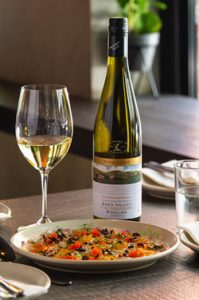
The Contours Riesling
Castle Rock Estate ‘RS21’ Riesling, $21: A new wine for Castle Rock, this medium-dry style goes beautifully with Thai curries and other spicy dishes. Rich and mouth-filling with a wonderful balance of punchy citrus and natural residual sugar, it would also be a lovely aperitif.
Parish Vineyard 2020 Riesling, $35: Powerful and pristine, from a small block of mature Riesling vines in the Coal River Valley north-east of Hobart. Bracing mineral characters and notes of pear, green apple and grapefruit/citrus. Enjoy it with oysters – Tasmanian, of course.



